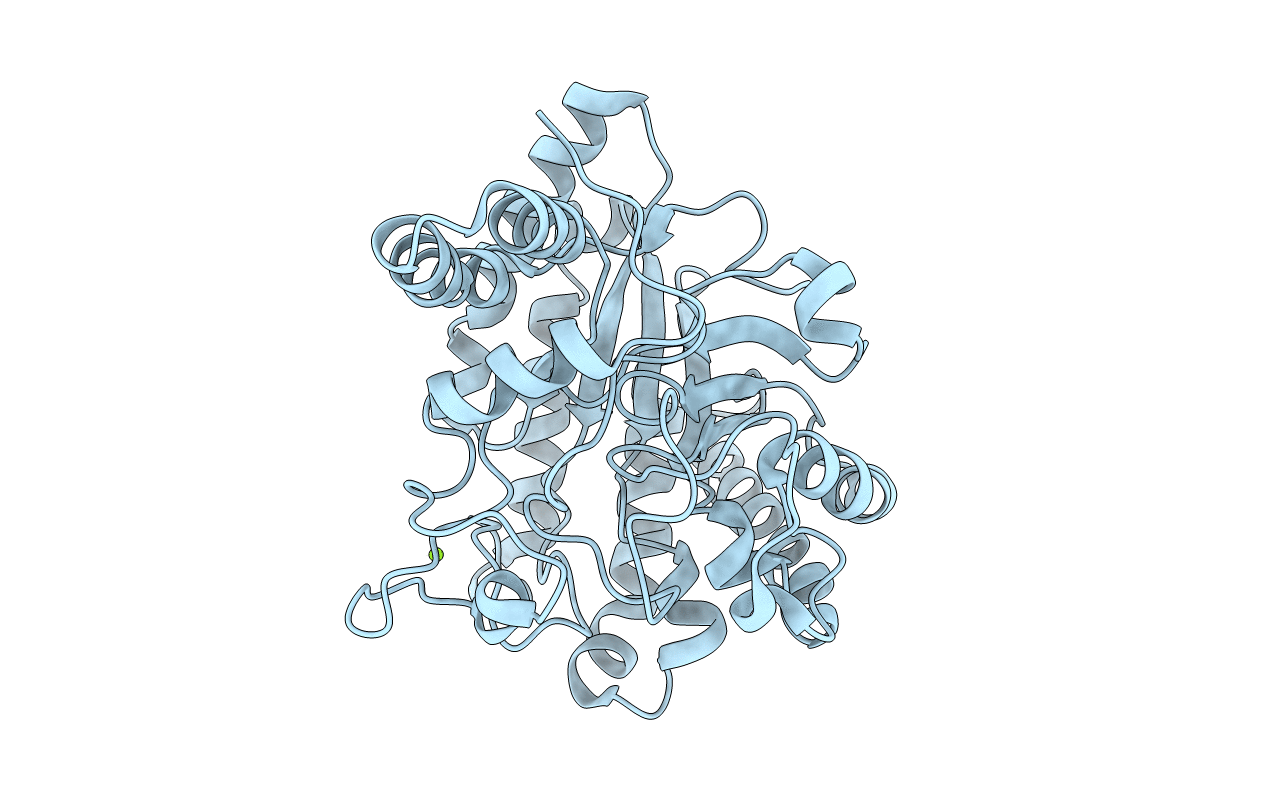
Deposition Date
2009-08-21
Release Date
2009-09-01
Last Version Date
2024-11-20
Entry Detail
PDB ID:
3A64
Keywords:
Title:
Crystal structure of CcCel6C, a glycoside hydrolase family 6 enzyme, from Coprinopsis cinerea
Biological Source:
Source Organism:
Coprinopsis cinerea (Taxon ID: 5346)
Host Organism:
Method Details:
Experimental Method:
Resolution:
1.60 Å
R-Value Free:
0.16
R-Value Work:
0.14
R-Value Observed:
0.14
Space Group:
P 1


